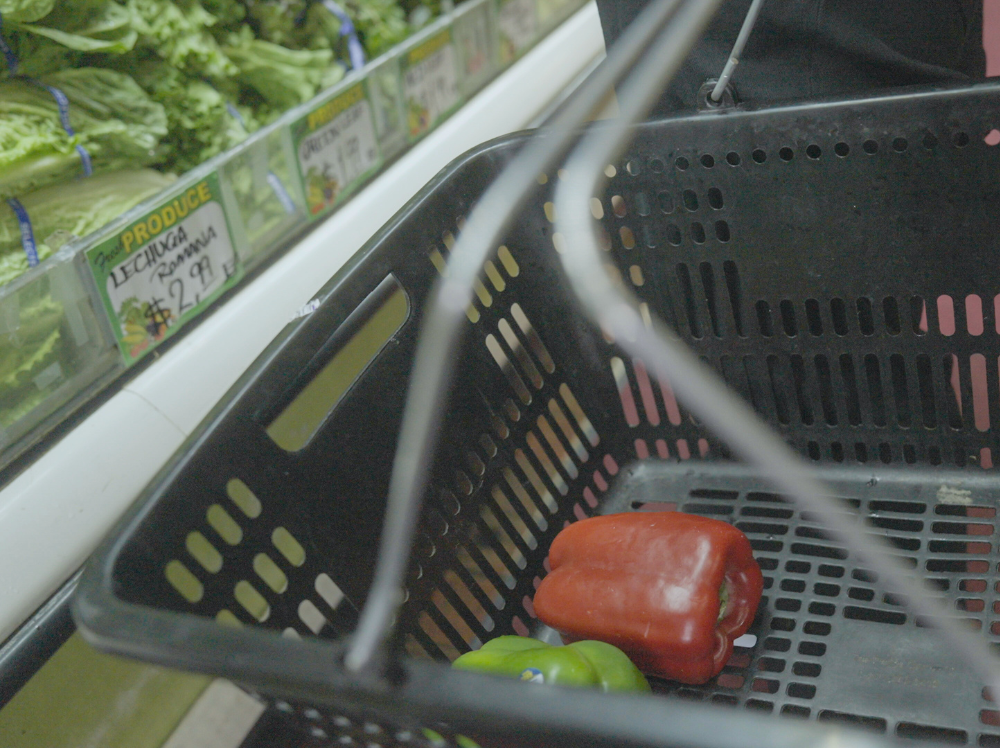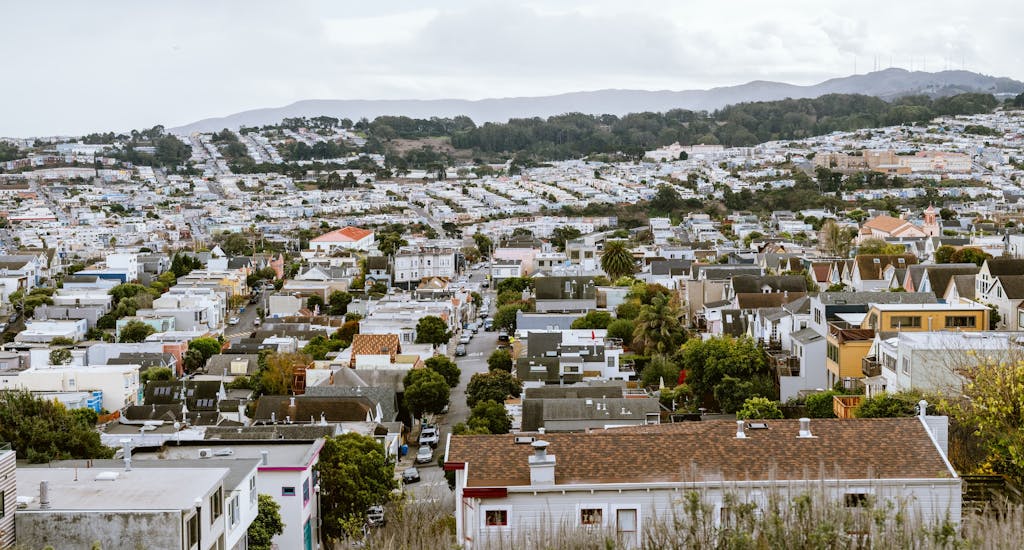As a region and state, we’re losing out on millions of dollars in federal funding that have the power to improve our economy and transform lives by meaningfully reducing poverty.
Key to Tipping Point’s strategy for success is investigating the conditions of poverty and finding ways to prevent it in the first place. In our 2024 report “Shedding Light on Bay Area Poverty”, we found that government benefits programs like Medicaid, tax credits, and housing vouchers, provide a crucial safety net for residents. In fact, last year these programs lifted 270,000 Bay Area residents out of poverty and CalFresh alone, the federally funded program known as SNAP or food stamps, kept over 100,000 Bay Area residents from dipping below the poverty line by providing monthly stipends for fresh groceries.
Although government benefits are proven to successfully fight poverty, recent research conducted by Stanford’s Center for Poverty and Inequality (CPI) and supported by Tipping Point, reveals that many Bay Area residents are not getting the benefits they’re eligible for. Findings include:
- California has the lowest CalFresh reach rate compared to other major states
- Bay Area CalFresh reach rate mirrors California’s at just over 50%
- San Francisco has the highest CalFresh reach rate in the Bay Area while San Mateo has the lowest
The process to receive government benefits is often cumbersome and confusing, with many residents not even aware they could qualify to receive them. This results in CalFresh, and other benefits that provide critical support, failing to reach all eligible residents.
View the following key takeaways, published with support from Tipping Point-funded research conducted by Stanford’s Center for Poverty and Inequality, along with data from the United States Department of Agriculture (USDA), to explore CalFresh’s reach rate in the Bay Area.*
CalFresh 2023 Key Findings
1. California has the lowest CalFresh reach rate compared to other major states
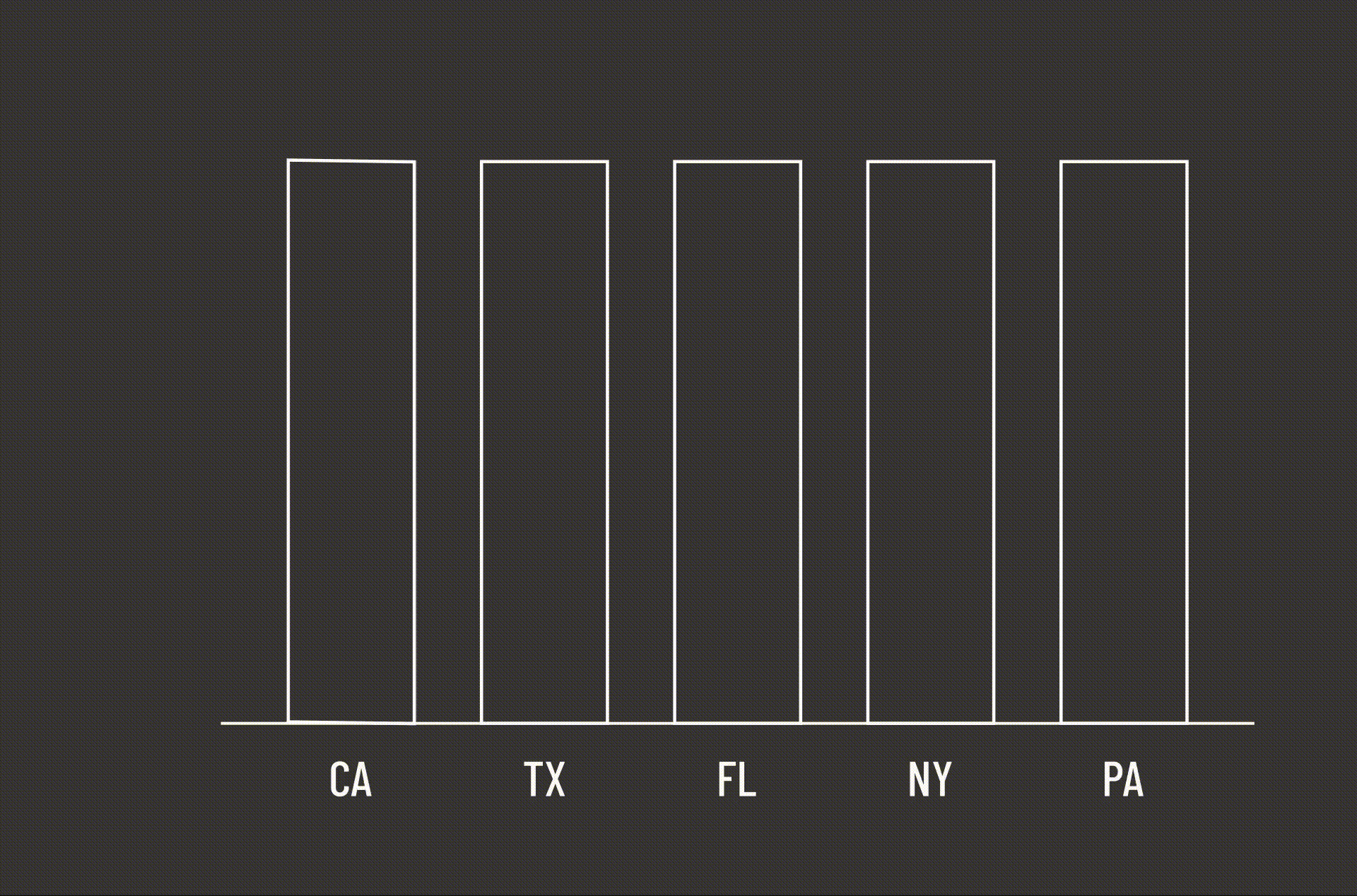
Although California is one of the most generous states for government benefits, many residents who qualify for these benefits are not receiving them. Amongst the five most populous states in the U.S., California has the lowest program reach rate for SNAP, with only 66% of residents who qualify for the benefit receiving it per the USDA’s 2020 data. Texas, Florida, New York, and Pennsylvania all have higher reach rates at 69%, 73%, 82%, and nearly 100% respectively. Research by the USDA suggests that California has one of the lowest program reach rates for any state in the nation. This means that compared to other states, we’re pulling in fewer federal dollars that could be used to bolster our economy and to provide vital support to families in need.
2. Bay Area CalFresh reach rate mirrors California’s at just over 50%
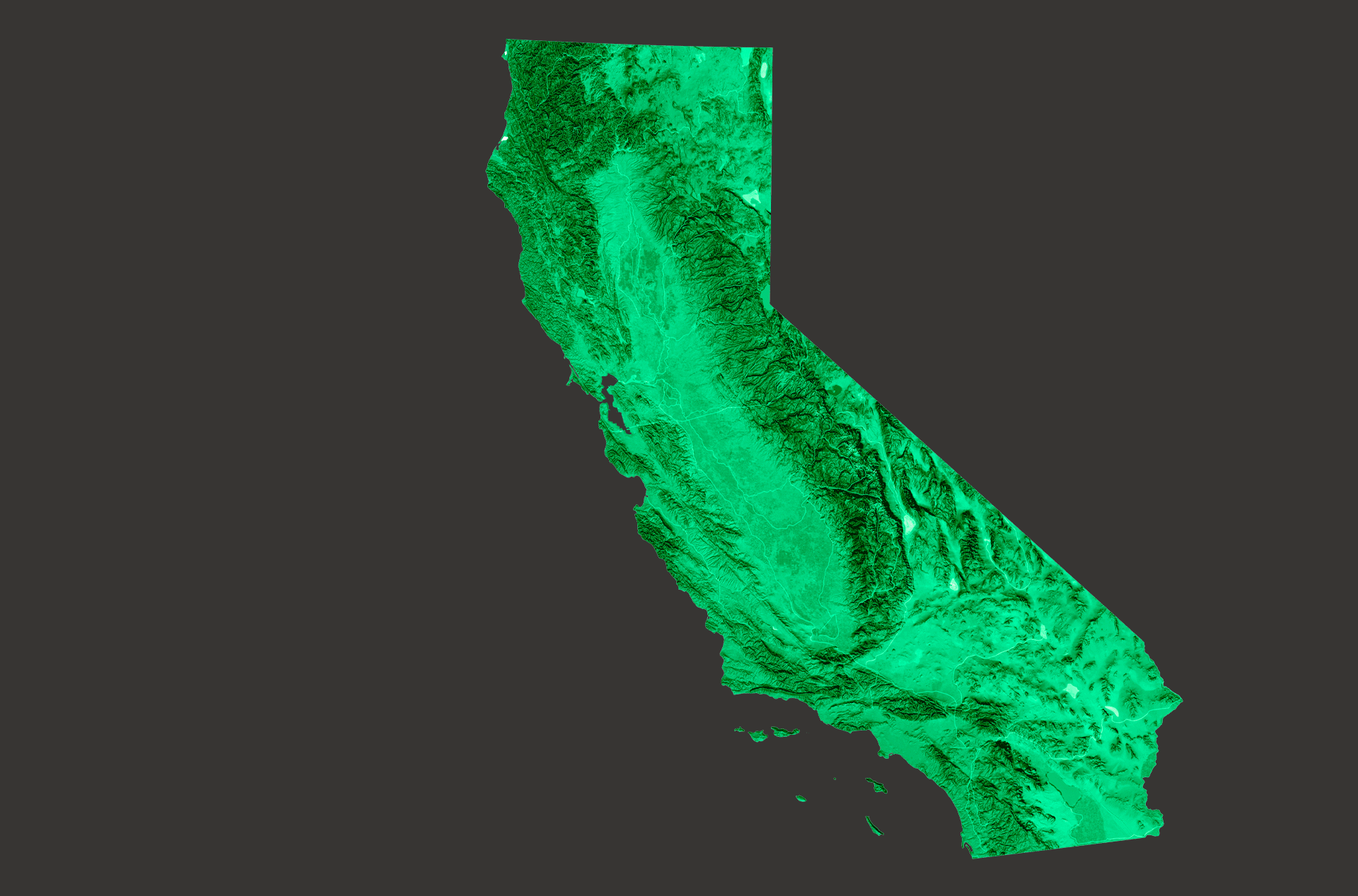
On average, the Bay Area performs no better than the rest of the state. The data from Stanford’s CPI estimates that of the Bay Area residents who qualify for CalFresh at some point in a given year, only 52% receive the benefit. The California statewide average is 55%. This comparison highlights that this is a statewide challenge and that improving access to benefits will require collaboration across the state.
3. San Francisco has the highest reach rate in the Bay Area while San Mateo has the lowest
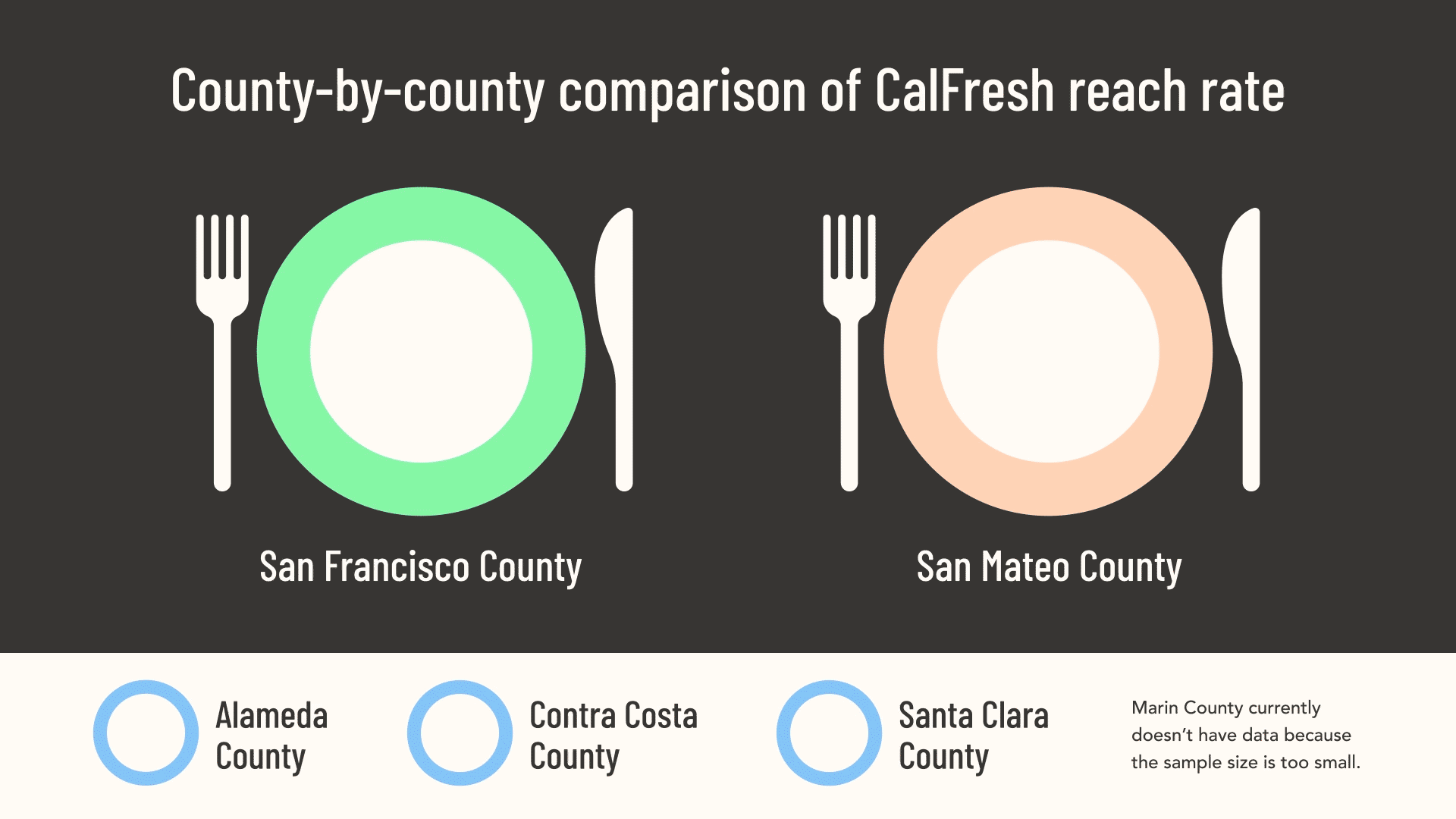
There is some variation in the reach of CalFresh between Bay Area counties, with the most significant difference being between San Francisco County (65%) and San Mateo County (40%). We will be conducting additional research to better understand why we’re seeing this gap and best practices for improving program access across the Bay Area.
How Tipping Point Expands Support for Low-Income Families
While this analysis examines CalFresh alone, the results reflect shortcomings of the rollout of many similar government benefits programs. Many organizations are already working to improve access to government benefits, and this research highlights the critical nature of their work and the need to double down on these efforts.
At Tipping Point, we believe this work is essential in our fight against poverty. We have and are continuing to fund initiatives that increase the reach of government benefits and ensure that individuals receive the social supports they’re eligible for. For example, we previously partnered with the California Policy Lab to pilot approaches to increase the number of eligible Californians who claim the federal and state Earned Income Tax Credits (EITCs). To build on this work, we are now working with Economic Security California to enable more low-income individuals to file taxes for free and claim tax credits. While our work-to-date has not focused on CalFresh, we are providing unrestricted grants to organizations that, as part of their full suite of services, help low-income Bay Area residents access programs like CalFresh. We are also exploring new investment opportunities and are continuing to support research that improves the reach of government benefits.
Learn more about Tipping Point’s investments into research and data.

